'Tis the season. Caps are flying all across the country as the latest generation of design graduates collect their sheepskins. Soon, they'll hit the pavement, looking for their first real jobs. Should they head to Silicon Valley? Should they toss their sketchbooks and learn to code? We asked designers from Huge, Sagmeister & Walsh, Autodesk, and more if they had any pearls of wisdom for design graduates as they start their careers. Here's what they had to say.
Gadi Amit, president and principal designer of New Deal Design
Design graduates must be able to show design clarity borne out of complexity. They must be able to form a clear concept and amalgamate many components and constraints into one magical experience of physical and digital design. It goes beyond any single object, process, or skill.
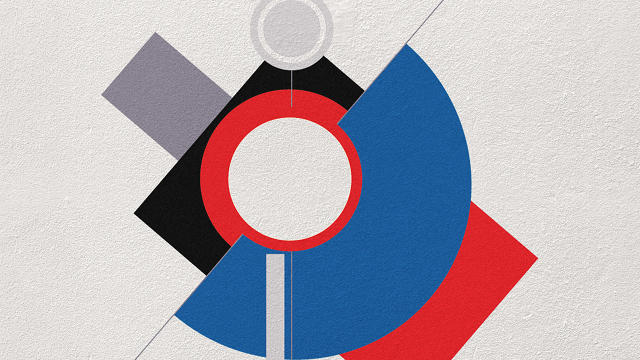
Tim Brown, president and CEO of Ideo
It is important to be thoughtful about the culture of the organization you are joining or building. Be mindful of how it might feed or constrain your creativity. Don't just think about what the organization does but also how it behaves.
Stefan Sagmeister, partner at Sagmeister & Walsh
A young design graduate should be able to do what most designers claim to not be important: to know how to make things look good. We can find lots of people with decent ideas, and lots of people who are proficient in digital crafts, and very few who really know form.
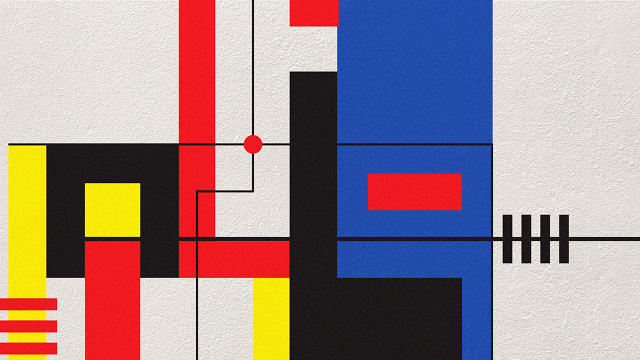
Jessica Walsh, partner at Sagmeister & Walsh
When you're young, you can more easily take financial risks if you don't have a family to feed or a mortgage to pay. So I suggest not worrying so much about making a huge paycheck right away, but focusing on figuring out what you're most passionate about. Find the studios or designers you really admire, and try to work and learn from them, even if it means an internship. Real work experience can be better than your education in some cases, and you should understand the value of that. Work hard, do the type of work you love doing, and stay passionate and persistent. Bring a unique voice and put your personality in whatever kind of work you are doing. Also: be nice, because no one wants to hire assholes or egomaniacs, no matter how talented you are.
Maria Giudice, vice president of user experience at Autodesk
If you're coming out of design school today, you're uniquely positioned to be an incredible leader. Tech culture is starting to be a commodity, but design experience can not be commoditized. You've already learned systems thinking, design thinking, how to analyze, how to use your intuition, and how to execute to get shit done. All of those skillsets can be directly applied to leadership positions in business.
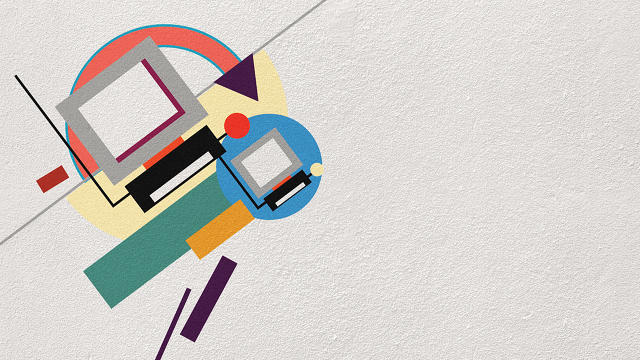
Irene Au, design partner at Khosla Ventures
Keep making. Even if you don't get the job you really want, find excuses to design, so you can build your portfolio and build a practice of getting feedback and iterating. Learn to code; even if you don't intend to code, knowing how to code will make you a better designer and a stronger candidate. Remember that your attitude matters much more than what you know, so stay positive, be curious, and be hungry.
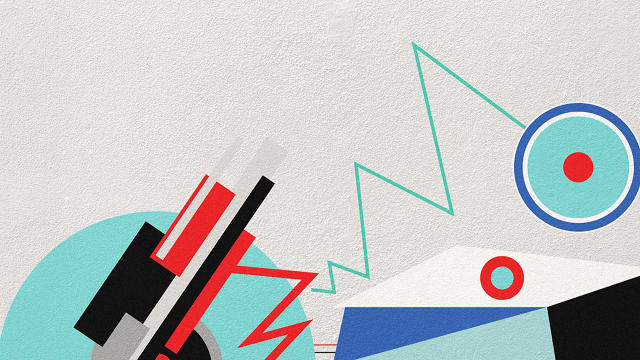
Kate Aronowitz, vice president of design at Wealthfront, formerly Facebook's design director
My advice to new grads in design is simple: Be deliberate. The idea that luck plays a big role in our careers just isn't true. You need to be extremely thoughtful about the kind of career you want and place yourself in teams that will help you achieve that overarching goal.
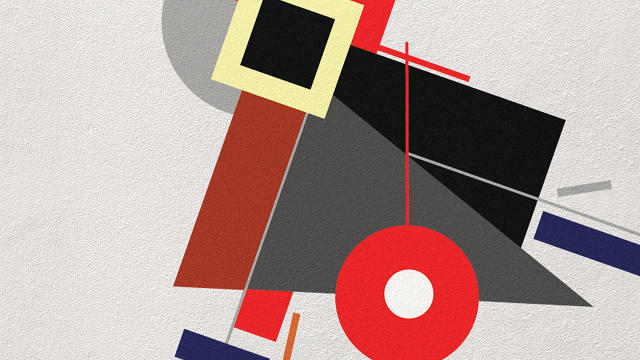
Aaron Shapiro, CEO of Huge
The most important question to ask about what you're making is not what it looks like, but what it does. For decades, designers have created elegant interfaces that make it easier for people to find what they're looking for, or to complete simple tasks. In the future, many of these interfaces will appear obsolete. Instead, designers will be called on to create products and services that anticipate people's needs and make decisions on a user's behalf. This fundamental change in design thinking is going to give young designers more opportunities—and more responsibilities—than ever before.
Scott Snibbe, founder at Eyegroove
I think a key for designers today is to think of two 'invisible' aspects of design that are more important than visual design. The first is interaction design. Imagine how an experience feels to a user: what the core user experience and moment-to-moment flow is like without considering any colors, shapes, or forms. If you don't get that right then, nothing you add to it will matter. You can "design" at this stage via user stories, wireframes, and prototypes. And the key mental abilities are empathy, psychology, social psychology—understanding how people think and experience your product. The second "invisible" technique is data-driven design: coming up with hypotheses for A/B tests and measurable data that comes back from your prototype or product. That helps you know whether your design is working in the first place, and it helps you decide how and what to change upon revisions. Think of it like the DNA of your product. If the DNA is good, then the specific ways you later instantiate the design materially (as an app, a physical product, etc.) will have a far better chance of success.